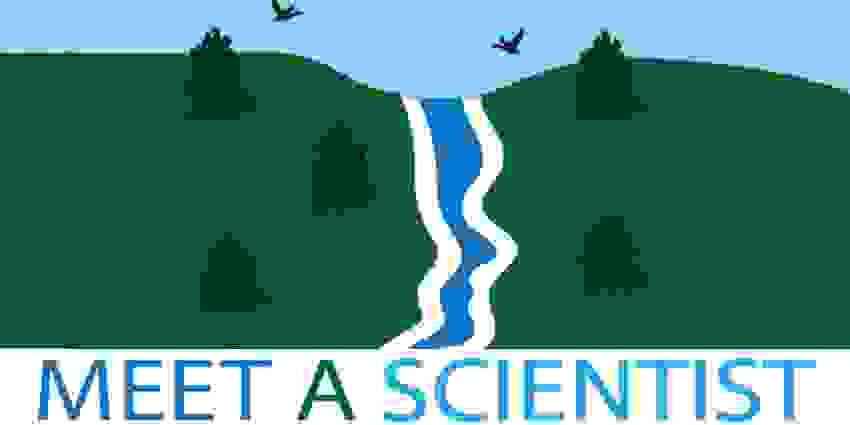When he was 12 years old, Dr. Rusty Feagin moved to Seabrook, a city along the Texas coast surrounded by industrial development. It was then that Feagin began to consider the importance of coastal health. “Living there brought environmental issues to the forefront of my mind,” Feagin said.
Feagin’s interest in the environment persisted throughout his teenage years, and in college he earned a bachelor’s degree in environmental studies from the University of California, Santa Cruz.
After graduating, Feagin returned to the Texas coast to work on public policy related to coastal restoration and management. Although he enjoyed aspects of this work, Feagin said he wasn’t happy working in politics. So, he turned to science.
While obtaining his doctorate in rangeland ecology and management from Texas A&M University, Feagin said he discovered that being a scientist was what he was meant to do.
Today, Feagin is an associate professor in the Department of Ecosystem Science and Management at Texas A&M, where he’s worked for the past 11 years. His research is primarily concerned with biological and physical changes to beaches, dunes and wetlands.
To look at changes in wetlands, Feagin uses spatial technologies, such as geographic information systems (GIS) and mapping. These analyses allow him to make inferences about areas that are too large to sample, he said.
“We’re looking at a bigger place than we can conceivably walk across,” he said. “We can look at huge landscapes that may be several miles of area or even bigger.”
Feagin also researches the potential for coastal plants to reduce erosion. By collecting sediment that blows inland, plants contribute to the build-up of soil along the coast, known as accretion. This process can help combat coastal erosion caused by rising sea levels, he said.

This natural balance between erosion and accretion is often interrupted by human interventions, such as building sea walls, Feagin said. “Humans want things to be stabilized, whereas the world wants things to be dynamic,” he said.
While some ecologists have said that plants can help protect coasts from natural disasters, Feagin said that this is neither an immediate benefit nor the primary reason people should conserve coastal communities. Wetlands and coastal plants may not be able to provide protection from a hurricane, he said, but they are still valuable for long-term conservation and for aquatic wildlife populations. This natural balance between erosion and accretion is often interrupted by human interventions, such as building sea walls, Feagin said. “Humans want things to be stabilized, whereas the world wants things to be dynamic,” he said.
Feagin also tests the effects of waves on coastal plants. To do this, he uses wave tanks that pass waves through a sample of the plants and sediment. Using this method, Feagin compared samples from man-made restored wetlands and natural ones. In his experiment, natural wetlands withstood waves better.
Plant roots do not keep the soil intact when waves are present, according to his research. Even small waves can break up the sediment. In fact, it is possible that roots might shake away some of the soil, he said. This is contrary to previous ecological research indicating that plants help keep soil intact in stationary water bodies, such as lakes.
The opportunity to challenge conventional knowledge is an aspect of the field that Feagin said he finds exciting. “The world of restoration and the need to restore the coast is becoming bigger and bigger,” he said. “And it’s a cool testing ground to test out a lot of ecological concepts.”
Feagin also teaches an introductory GIS class to graduate students and undergraduate students, and he is a faculty member in Texas A&M’s new Ecology and Evolutionary Biology graduate program.
For more information, visit Feagin’s webpage, watch this exclusive Conservation Matters video interview with him, or see the coastal ecologies website.

